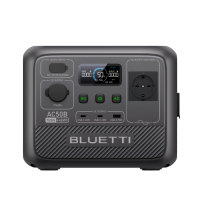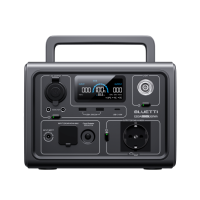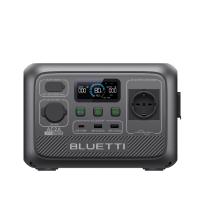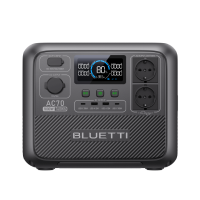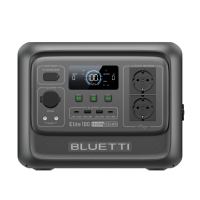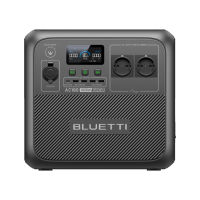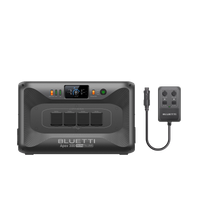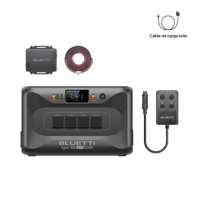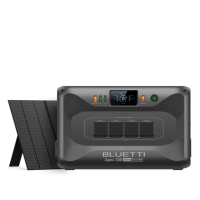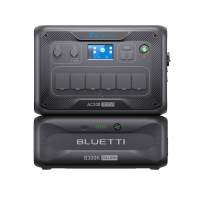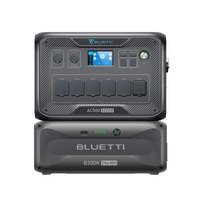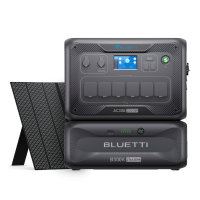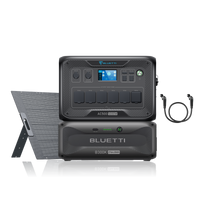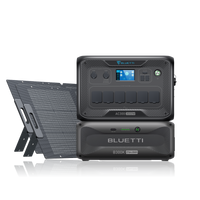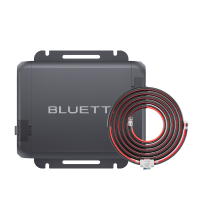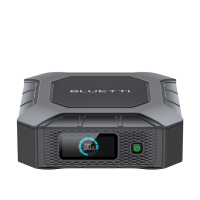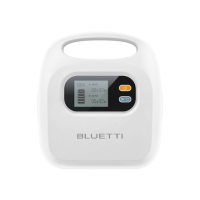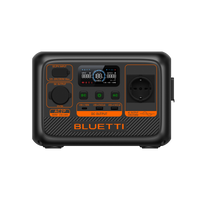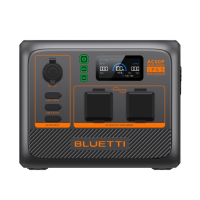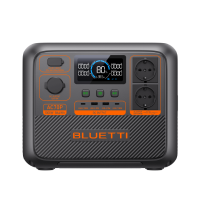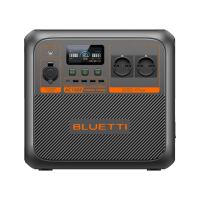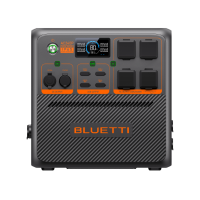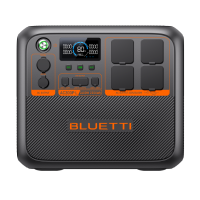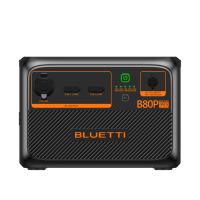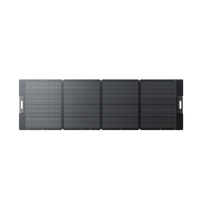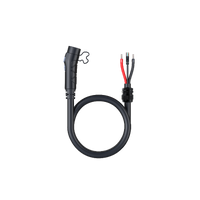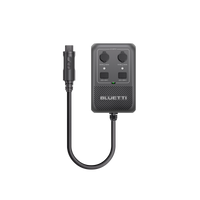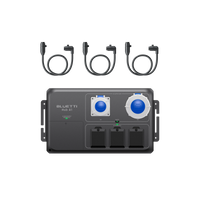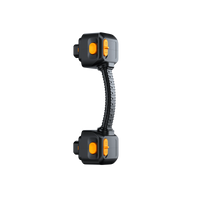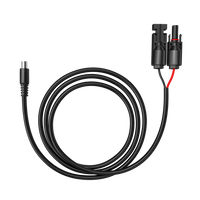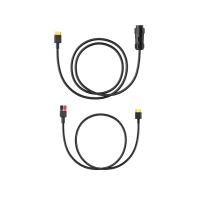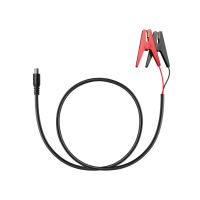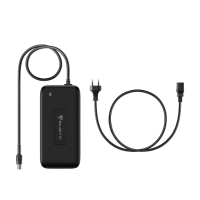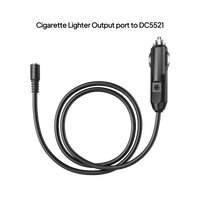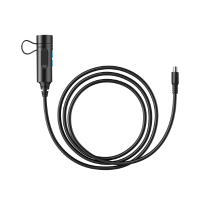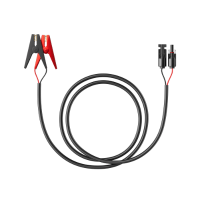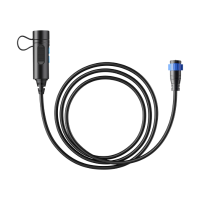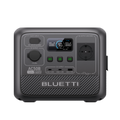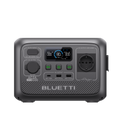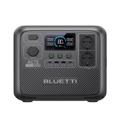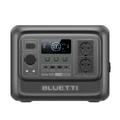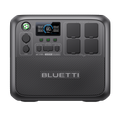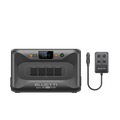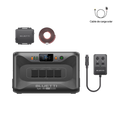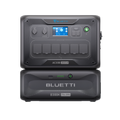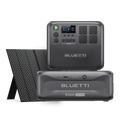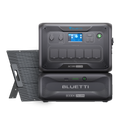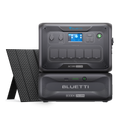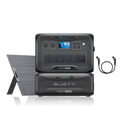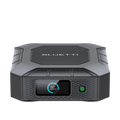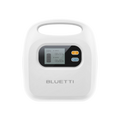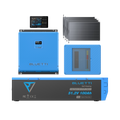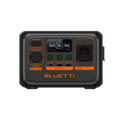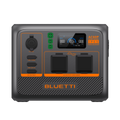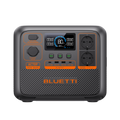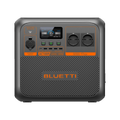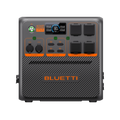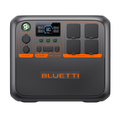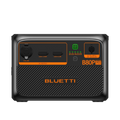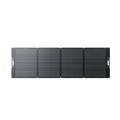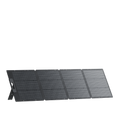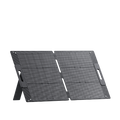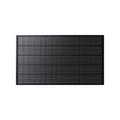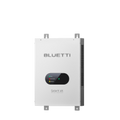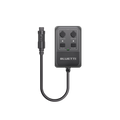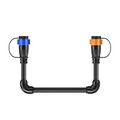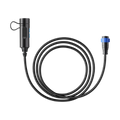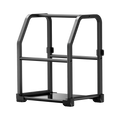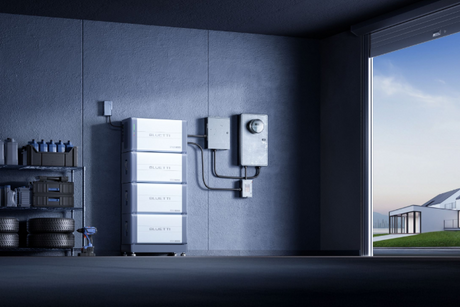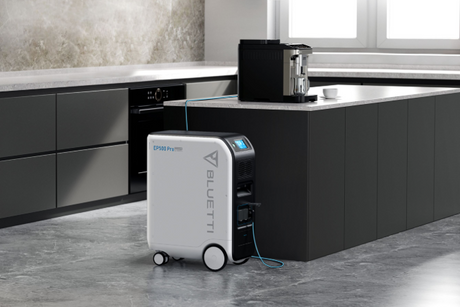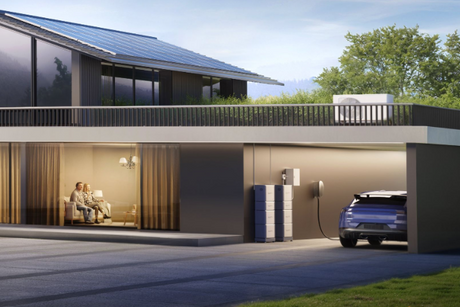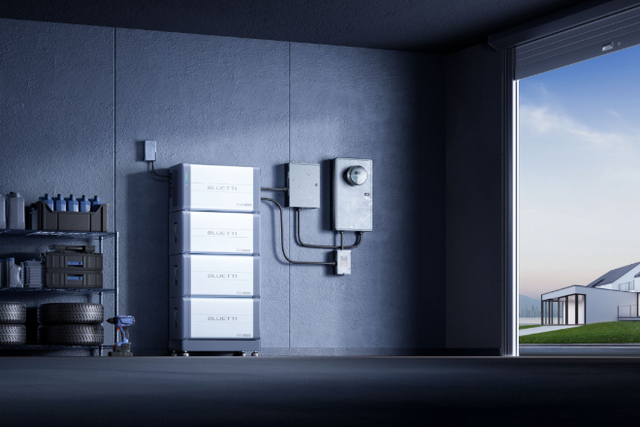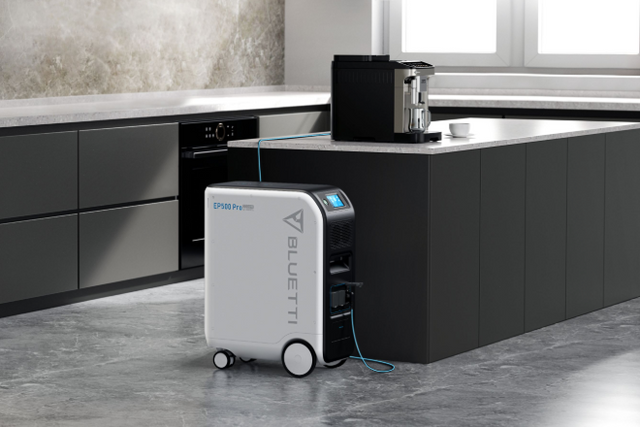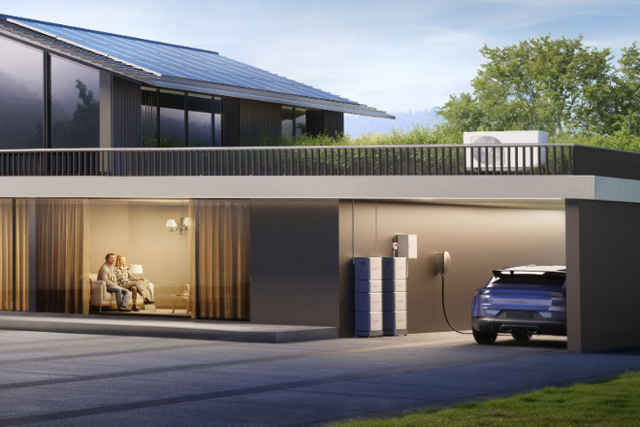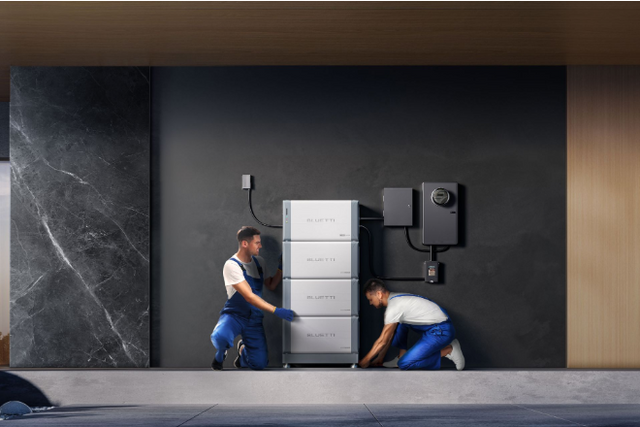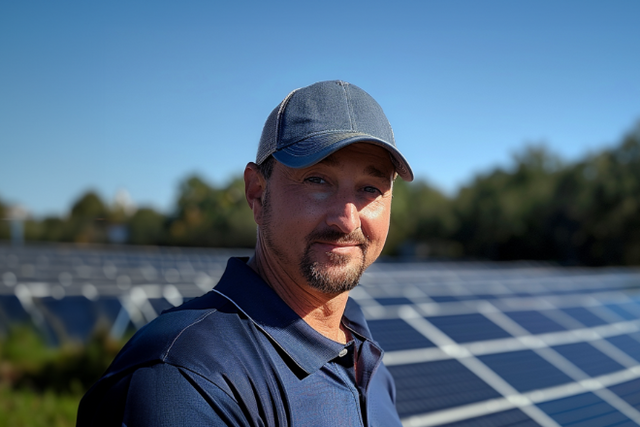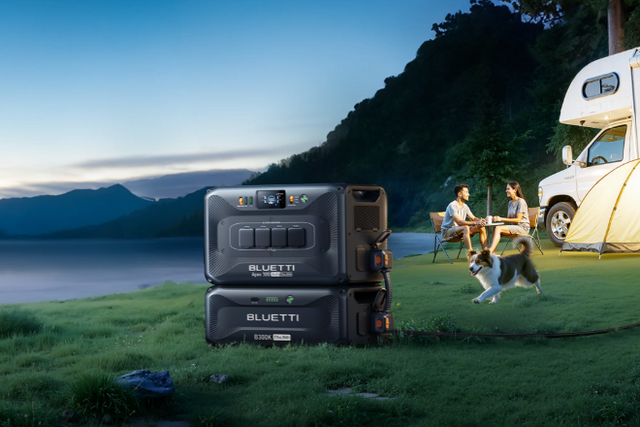Thanks to solar panels we can enjoy solar energy, but did you know that the solar cells of which they are made are what make it possible for the rays of the sun that falls on them are effectively transformed into electrical energy?
Depending on the number of solar cells that your solar panel has, it will have one power or another, and depending on the material with which they are made, it will have greater or lesser efficiency to obtain and generate energy. Therefore, in today's post we are going to tell you what solar cells really are, how they work and what you should take into account about solar cells to choose the best solar panel for you.
What are solar cells really?
Solar cells or photovoltaic solar cells are ultimately responsible for transforming solar energy into electricity through what is known as the photovoltaic effect.
With the sum of several solar cells a solar module is composed, which in turn constitutes a solar panel. But there are several types of solar cells depending on the material they are made of and how they are made: first-generation (crystalline silicon) solar cells, second-generation (thin-film solar cells), and third-generation (polymer) solar cells. organic).

What is a solar cell or photovoltaic cell made of?
Generally a solar cell or photovoltaic cell is made of silicon (monocrystalline or polycrystalline), materials with conductivity capacity. But depending on whether it is of one type of silicon or another, it will have more or less efficiency and performance. Something that we explain in the next point.
Which solar cells have the best performance?
As we mentioned before, solar cells are devices made of silicon and have semiconductor properties. But in terms of performance, monocrystalline solar cells are considered to offer higher efficiency than polycrystalline solar cells.
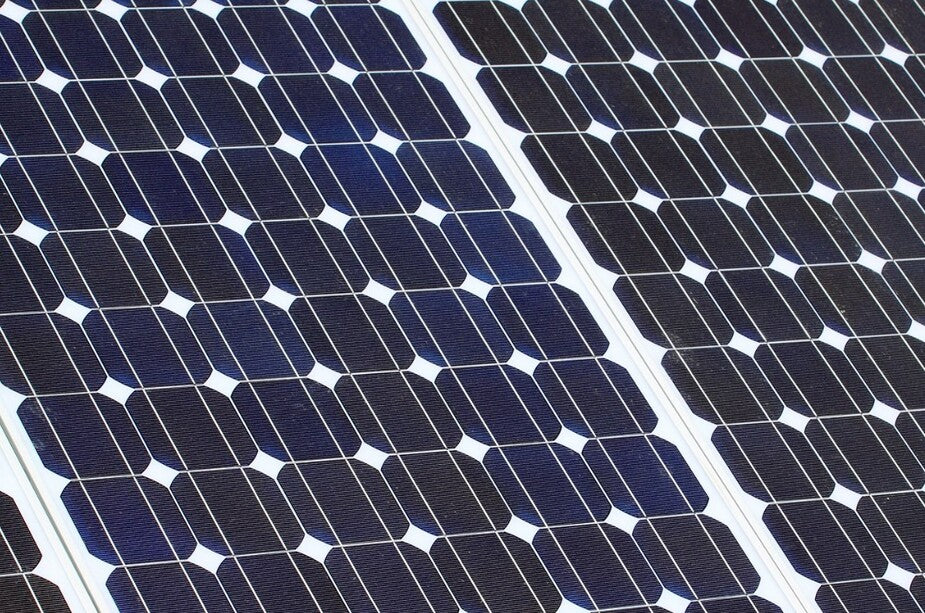
How do solar cells work?
The solar cells of a solar panel are activated when they receive radiation from the sun, producing the so-called photovoltaic effect through which photons are transformed into electrons. And this is how solar energy is transformed into electrical energy that you can take advantage of with your photovoltaic installation to connect household appliances and electronic devices in your home.
Seen a little more deeply, what happens inside solar cells is that when the sun hits them, a photon tears off an electron that leaves a hole that is occupied by an electron pulled from its own atom. In other words, the function of the cell in this process is to ensure that the electrons circulate through its semiconductor material, filling in those gaps and producing a power difference from which electricity results.
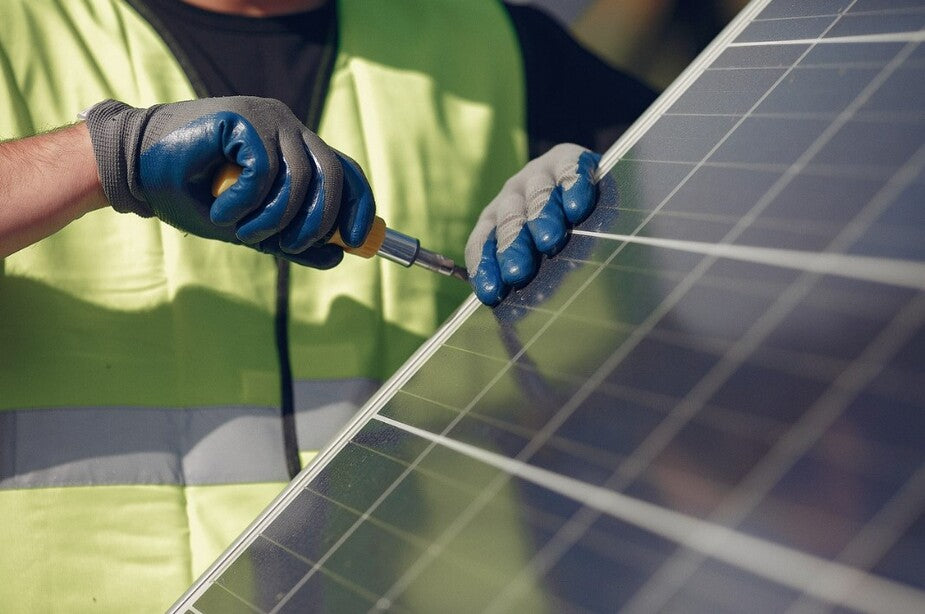
What to consider when installing solar cells or solar panels?
It is important that you take into account some factors when choosing your solar panels, including the following:
1 . The type of solar panel you need. There are photovoltaic solar panels, thermal solar panels and hybrid solar panels, in each of them the solar cells are used for a different function, either generating electricity, heating water or both. So it is important that you determine what you need the solar panel you are going to buy for and choose the right one.
- The number of solar cells in the solar panel. And it is that, depending on the power you need, your solar panel should have more or less solar cells.
- The solar cell type of the solar panel. Keep in mind that solar panels with monocrystalline silicon solar cells will have more efficiency and performance than those with polycrystalline silicon solar cells, but if you are looking for an economical solution, it is preferable that you resort to a polycrystalline silicon solar panel since they have a lower cost.
The advantages of solar cells
The main advantage of the solar cell is its ability to take advantage of solar energy and transform it into usable electrical energy, something that implies the possibility of economic savings on the electricity bill. But not only this!
Solar cells generate energy without polluting, so the use of this type of green and sustainable energy with solar panels helps the environment.
In addition, for the user, solar cells represent an unlimited source of energy, while working through the sun's rays, an inexhaustible source, they are capable of infinitely producing electricity. And in the same way, they guarantee long-lasting energy, since solar panels usually have a long useful life. What more could you ask for?
Why choose a BLUETTI portable solar panel?
Taking all this into account, when choosing a solar panel it is essential to take into account what type of solar cell it is made up of if we want to achieve adequate efficiency and performance for our solar installation.
Among the multiple options that you have at your disposal to choose your solar panels, you should know that a great option is to get a portable solar panel BLUETTI. And it is that, regardless of the model of solar panel you choose, with a BLUETTI portable solar panel you are guaranteed a conversion efficiency of up to 23.4% because they are made with monocrystalline silicon solar cells.
They are portable, compact, and without complex installations! Just deploy them where you need them, and you can enjoy your solar power without interruptions!
And now that you know what they are and what a solar cell is for, all that remains is for you to enjoy your solar panels!
Shop products from this article
You May Also Like

¿Qué son las placas solares verticales?
Averigua todo sobre las placas solares verticales para espacios reducidos y climas extremos, capturando energía solar con eficiencia en paredes y fachadas.

Las ventanas solares: una innovadora solución para obtener energía verde
Descubre las ventanas solares, que combina la funcionalidad de las ventanas tradicionales con la capacidad de generar electricidad. Descubre cómo funcionan, sus ventajas y desventajas, y en qué casos son...

El ventilador con placa solar: un imprescindible en los hogares Eco-amigables
Refresca tu hogar de manera eco-amigable | Descubre cómo funciona un ventilador solar, una opción para hogares sostenibles durante el verano.



